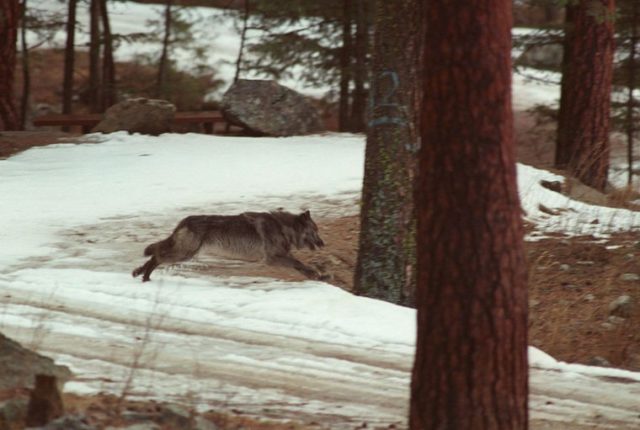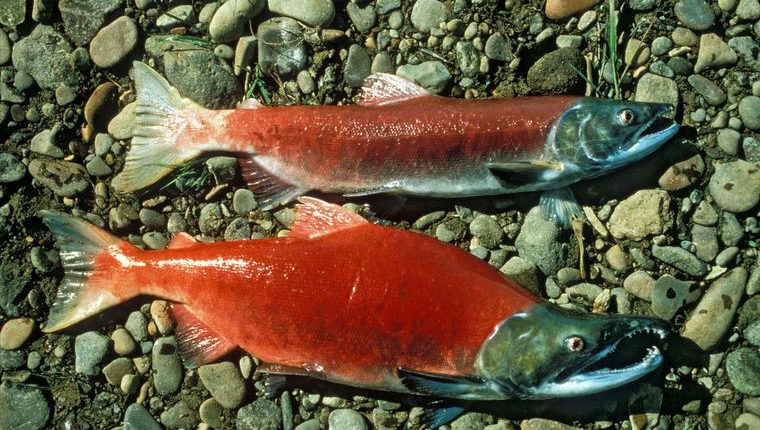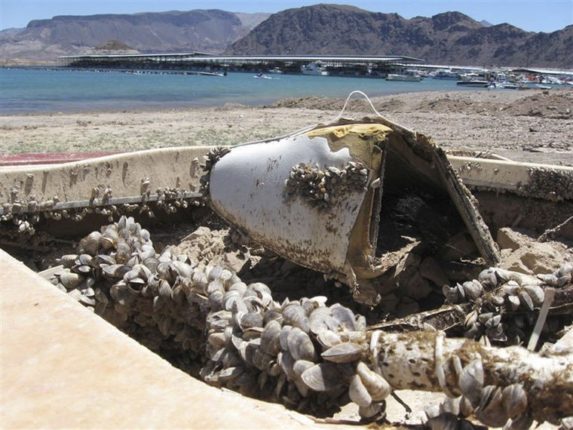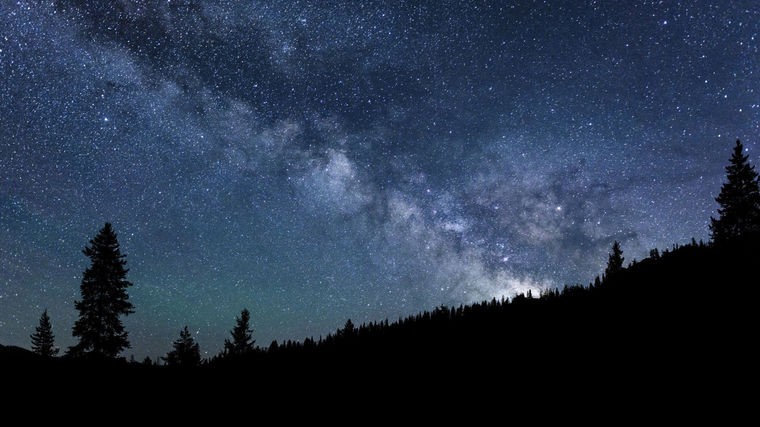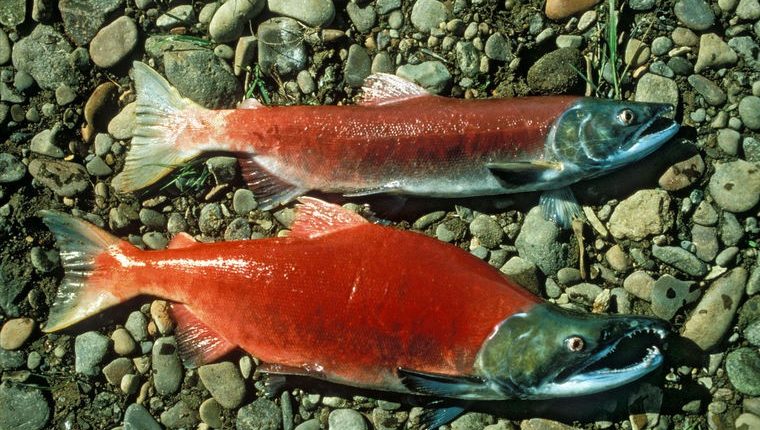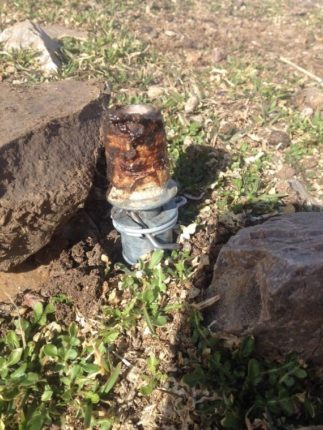BOISE — The U.S. Forest Service has withdrawn snowmobile use maps for two national forests in Idaho and part of another in Wyoming after environmental groups in a lawsuit said the maps violate the federal agency’s regulations and environmental laws.
The Forest Service last week withdrew Over-Snow Vehicle Use Maps for the Payette National Forest and Boise National Forest in Idaho.
The agency also withdrew the map for the Teton Division of the Bridger-Teton National Forest in Wyoming.
But the agency in the three separate notices also said that for this winter “there will be no change in over-snow motor vehicle use” for any the forests from the 2016-2017 season as a result of withdrawing the maps. The agency also said new maps would not be completed any sooner than April 1.
Winter Wildlands Alliance and Wildearth Guardians filed the lawsuit in September, and The Wilderness Society joined in November. That lawsuit has been put on hold until at least March 15 when the Forest Service is scheduled to give a progress report.
The environmental groups say the maps are based on outdated information and aren’t restrictive enough for snowmobiles that in recent years have become more numerous and powerful, giving more snowmobilers access to remote areas.
The groups said that can harm wildlife and also create conflicts with backcountry skiers and snowshoe enthusiasts looking for a quieter experience.
“One of the main things is designating places where people can backcountry ski and snowshoe without having snowmobiles running around,” said Laurie Rule, an attorney with Advocates for the West representing the groups.
Specifically, the lawsuit contends the Forest Service in using the maps didn’t adhere to an updated January 2015 rule that required new travel management plans for snowmobiles that must designate specific roads, trails and areas open for use.
That rule also includes requirements minimizing damage to natural resources and disruption of wildlife. It also seeks to minimize conflicts with other recreation users.
“The 2015 rule presents an important opportunity to enhance quality recreation opportunities for everybody, protect wildlife during the vulnerable winter season, and prevent avoidable damage to wild places,” said Alison Flint, counsel and planning specialist at The Wilderness Society. “But not if forests short-circuit the process required by the rule.”
The groups also contend the Forest Service in approving the maps violated various environmental laws, including the Endangered Species Act due to Canada lynx and northern Idaho ground squirrels found in the forests.
The U.S. Department of Justice, which handles legal matters for the Forest Service, didn’t immediately respond to an email on Wednesday from The Associated Press.


